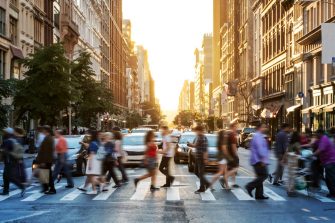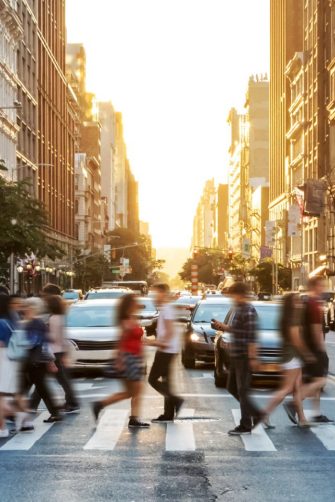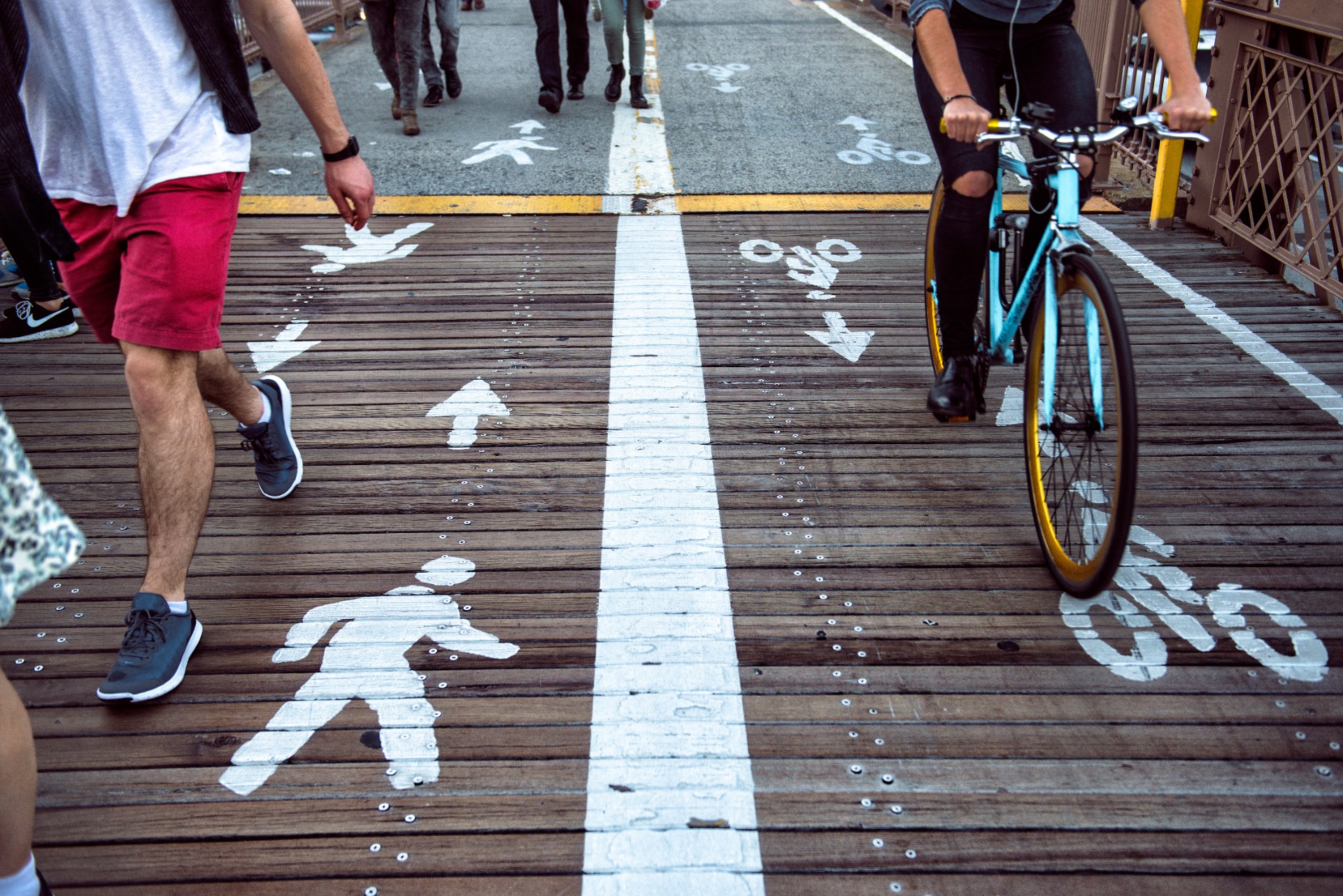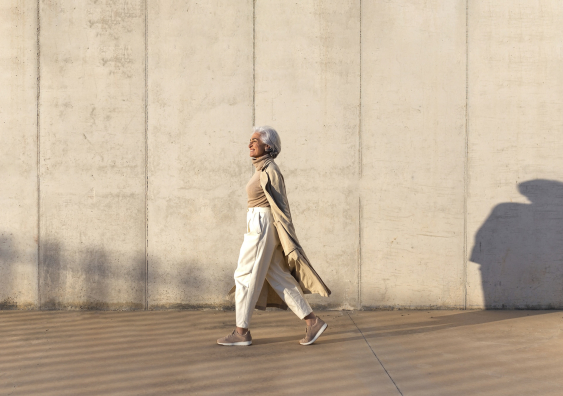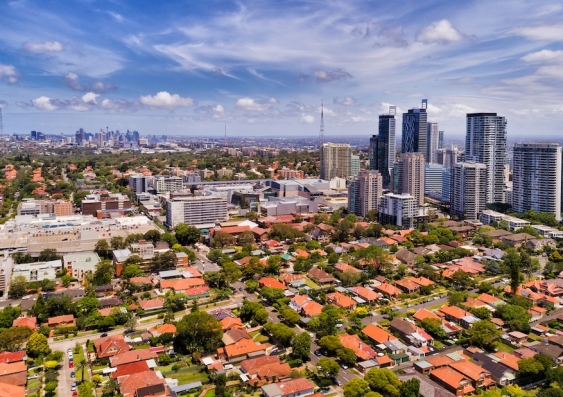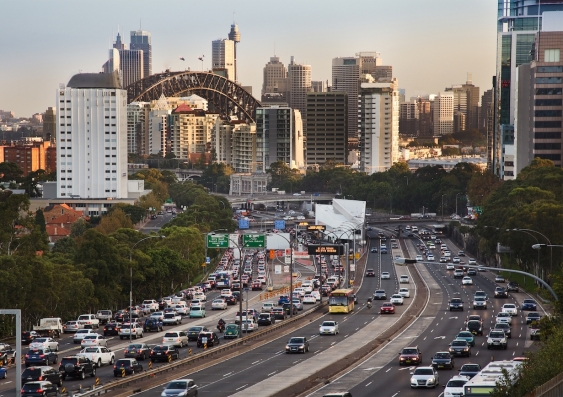There’s more to improving walking conditions than simply laying down pavement and putting one foot in front of the other.
Many cities around the world have overlooked the experience of pedestrians in urban planning. This is despite the fact most people spend part of their day navigating their surroundings on foot.
How easily people can walk to amenities like parks, grocery stores, health care and other essential services is often referred to in planning circles as ‘walkability’, and it turns out it’s more important than you might think. It’s a simple idea that our cities and streets should, at their core, be designed for pedestrians to navigate safely, comfortably and enjoyably.
Dr Josephine Roper, a sustainable transport policy researcher from the City Futures Research Centre at UNSW Arts, Design & Architecture, says walkability is at the heart of a great city.
“Walking is really underrated as a mode of transport,” Dr Roper says. “It’s great from a health perspective as part of a commute or recreationally, is an environmentally sustainable way to get around and even boosts local economic activity.”
Dr Tara Elisabeth Jeyasingh, a cultural geography researcher at UNSW Canberra investigating the walkability of Canberra, says improving walkability is also on the agenda for communities.
“People do want their towns and streets to be more walkable,” Dr Jeyasingh says. “That includes increasing the number of walks available, improving the quality of walks so they can walk for longer, and also finding ways to encourage new people to walk as well.”
Media enquiries
For enquiries about this story and interview requests, please contact Ben Knight, News & Content Coordinator, UNSW Arts, Design & Architecture.
Phone: (02) 9065 4915
Email: b.knight@unsw.edu.au
What makes a city walkable?
It might seem that having a usable network of high-quality footpaths is all that’s needed to make a city walkable. But walkability is more complex and multifaceted, encompassing pedestrian safety, connectivity and more.
“There are so many factors that influence whether something is walkable and at what scale,” Dr Roper says. “But it’s not enough to have just a footpath for something to be walkable; it’s things like how safe walking is, the comfort and appeal of walking conditions, and largely having a mix of developments within an accessible proximity.”
Dr Roper says there are thresholds to how far people are willing to walk, depending on the individual.
“You always need to consider things like where people live and where they want to go,” Dr Roper says. “If everything is five kilometres away, extremely hilly, or there are other barriers like pedestrian safety, many people are highly unlikely to walk that.”
Dr Roper says that, at the street level, there’s generally a positive relationship between walkability and how many people walk. Conversely, there’s a negative effect where streets that aren’t walking-friendly discourage walking.
“We see this a lot in the outer suburbs of Sydney where, because things aren’t walkable, people end up driving,” Dr Roper says. “Then, with more people driving, more road infrastructure is built, reinforcing driving as the dominant mode of transport.”
Some cities perform better than others in terms of walkability measures. For example, 99% of Zurich, Switzerland, residents live within a 15-minute walk of services like medical centres and schools.
“It tends to be that the higher the density, the more walkable because it reduces the distance between destinations,” Dr Roper says. “In contrast, it’s tough to make large, sprawling suburbs of single-family homes walkable because there is not enough foot traffic to support a lot of walkable amenities.”
Weather and climate can also impact walking conditions on a day-to-day basis. However, a well-connected public transport system can complement walking, allowing people to walk smaller distances to and from stations and their destinations.
“A city like Singapore is very hot and stormy most of the year, but people overwhelmingly get around on foot and public transport because it’s well connected, with short walking distances,” Dr Roper says. “Interestingly, Downtown Toronto, which is very cold during winter, has a whole underground walkway system called the Path, which relieves commuters from the weather while allowing them to get around.”
It’s not enough to have just a footpath for something to be walkable.
Improving walkability
Dr Jeyasingh says there are several ways to make cities more walkable, starting with safety.
“We can always make our walks more interesting and beautiful with lovely green spaces and parks, but our study has shown that improving the perceptions of safety is the number one barrier to overcome for would-be walkers,” Dr Jeyasingh says. “Better lighting and making sure there are no discontinuous footpaths that suddenly end can start to help overcome those hurdles.”
Other measures focussing more on protecting pedestrians from cars, including barriers or buffer zones between footpaths and roads, reducing speed limits, or even making some spaces car-free, can also enhance safety. Meanwhile, widening and maintaining footpaths, installing benches for rest, and adding water fountains can also improve the walking experience.
“It might seem small, but even the design of pedestrian crossings and intersections, for example, so that they follow desire lines can reduce crossing times and improve the walking experience,” Dr Roper says. “Having adequate shading is also essential for sun protection and cooling streets down from the heat of the climate.”
Unfortunately, transport planning has often focused on cars, trains, and buses, Dr Roper says. While the importance of cycling is increasingly recognised, walking as a mode of transport is currently relatively neglected.
“Many kids used to walk to school in Australia, but this has declined to around 20% and it will take coordinated action to reverse that trend,” Dr Roper says. “I think it highlights the need to make our cities more walkable and incentivise walking more for everyday trips.”
Making a city more walkable alone might not be enough to encourage people to leave their cars at home or ditch them entirely, at least initially. Pairing other measures that target car dependency, including congestion pricing and discounted public transport, could further incentivise walking.
“Changing some people’s perceptions of walking though is probably the hardest challenge,” Dr Jeyasingh says. “Building walking into your routine just gives so much more life to your day.”


